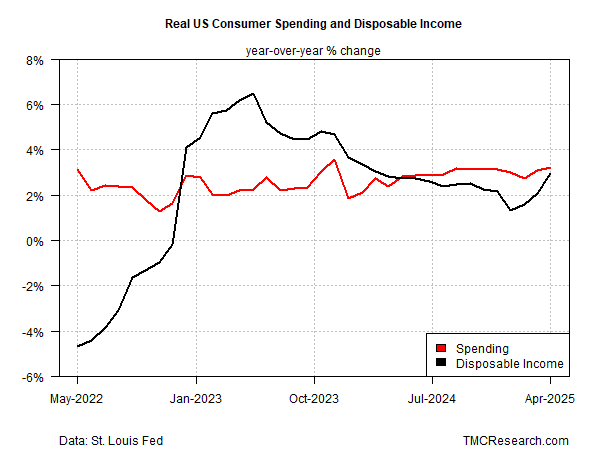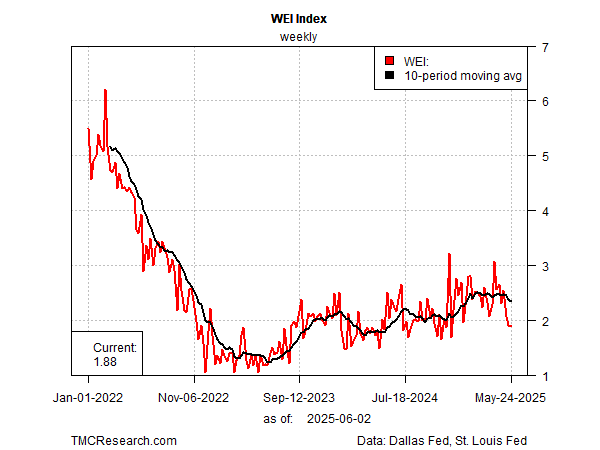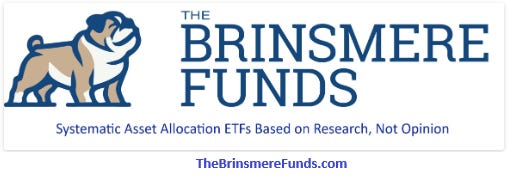US Economic Resilience Continues Despite Tariff Anxiety
By James Picerno | The Milwaukee Company
The US economy continues to defy recession fears while inflation concerns have yet to materialize.
Consumer spending rose again in April, although the pace has slowed compared to previous months.
The full impact of tariffs remains unclear, but early indicators suggest a moderate economic slowdown rather than a recession.
Some forecasters expected that clear signs of a US recession would be obvious by now. Instead, the worst you can say is that it’s still debatable how tariffs will impact the economy.
Growth has proven to be more robust than expected, at least so far. Similarly, the much-feared rise in inflation has yet to emerge. It may still be too early to see the effects from tariffs, but as each week goes by and the economic effects remain muted or mixed, the higher the odds that growth in some degree will likely prevail.
Even if recession risk is fading, slower growth still looks plausible. Consumer spending rose again in April, the Commerce Department reported on Friday. The 0.2% increase marks the third straight monthly increase, but it’s the slowest advance since January’s 0.1% decline. The weak rise suggests that the economy is struggling to bounce back after contracting slightly in the first quarter.
Monthly data is noisy and can be distorted by inflation. For a clearer measure of the trend, real (inflation-adjusted) spending in year-over-year terms is useful, and on that score the numbers look relatively encouraging through April. Spending rose 3.2% in real terms – the fastest pace in over a year – and real disposable income increased 2.9%, the highest since March 2024. The steady-to-slightly firmer spending trend, supported by a solid recovery in disposable personal income, suggests that the near-term outlook for the consumer sector remains upbeat, or at least strong enough to keep recession risk low through the summer.
Another plus for the consumer-spending outlook: the economy is still producing new jobs at a healthy pace. Non-farm payrolls rose 177,000 in April, a middling range vs. recent history. Meanwhile, weekly jobless claims through May 24 – a leading indicator for the labor market – continue to print at a low range that’s prevailed over the past year, which implies that payrolls will increase in line with recent history.
The overall growth rate, however, still appears to be slowing, even if it’s not enough to tip the economy into recession. The Dallas Fed’s Weekly Economic Index (WEI) slipped to an estimated 1.9% four-quarter change in GDP for Q2, based on data through May 24 – slightly below the 2.1% four-quarter increase through Q1.
The economy could be more vulnerable than it appears if significant tariff-related blowback strikes in the weeks to come. On that score, May will be a stress test, marking the first full month following the start of on-again-off-again tariffs. The early clues via WEI point to a downshift, but one that’s moderate so far and probably not enough to knock the economy into recession.
If that relatively optimistic analysis is set to change for the worse (or the better), the telltale signs could emerge as early as this month. Meantime, the economy has held up surprisingly well given the recent turmoil and uncertainty triggered by a sharp change in tariff policy.




